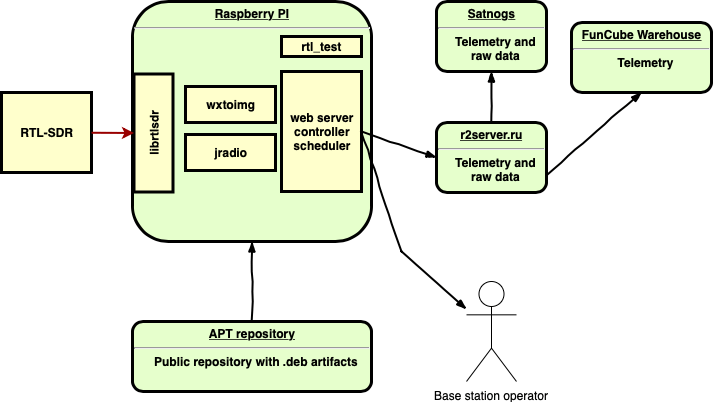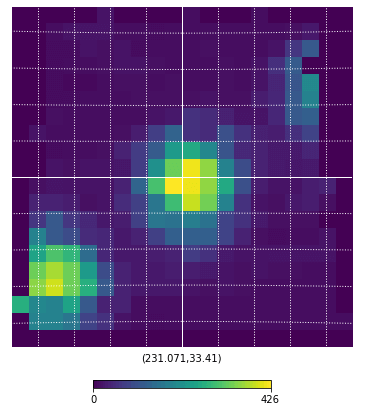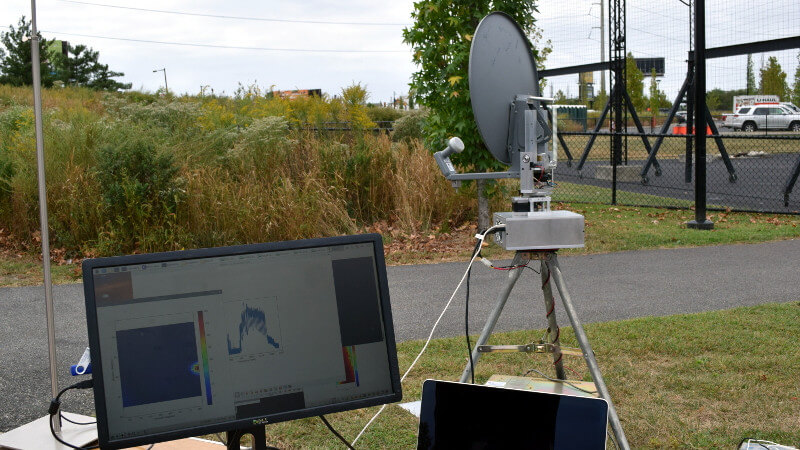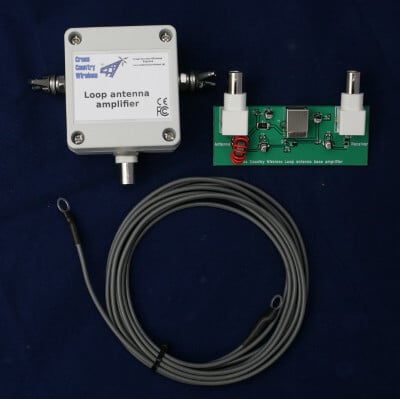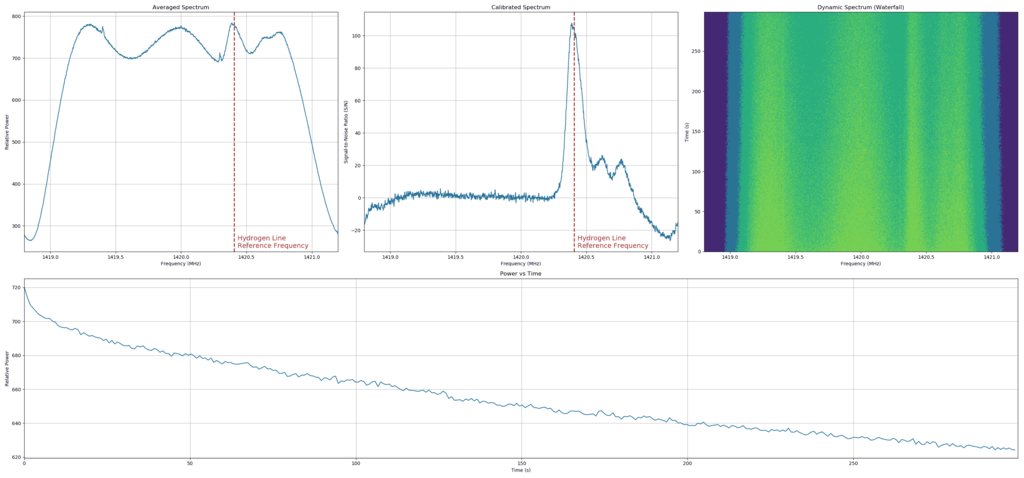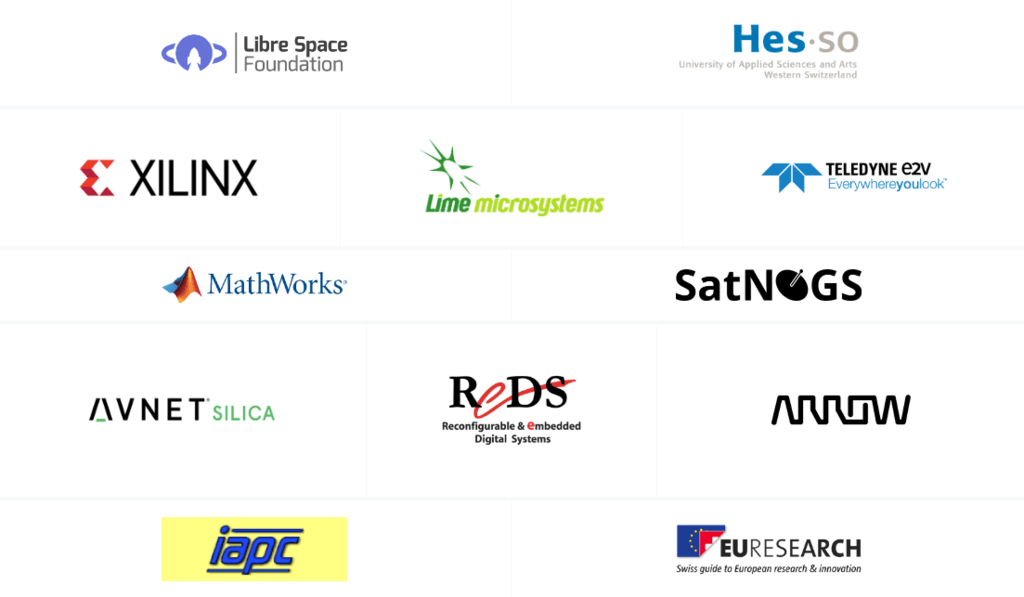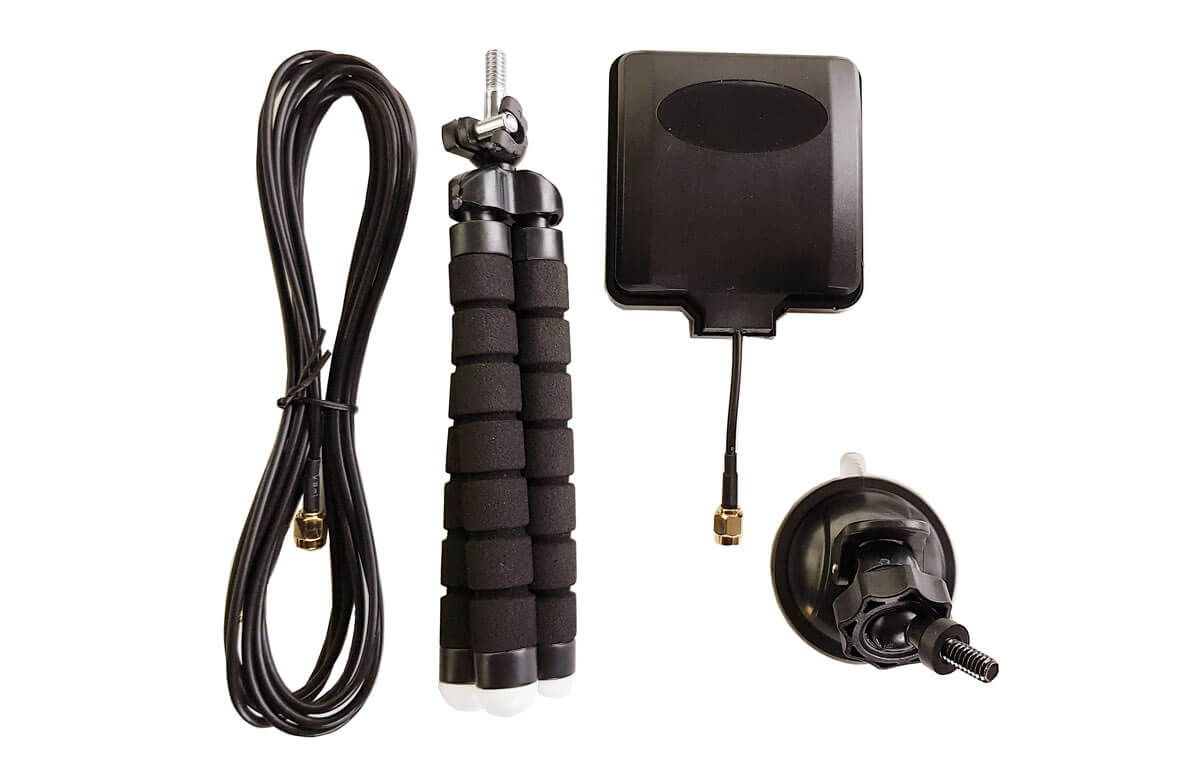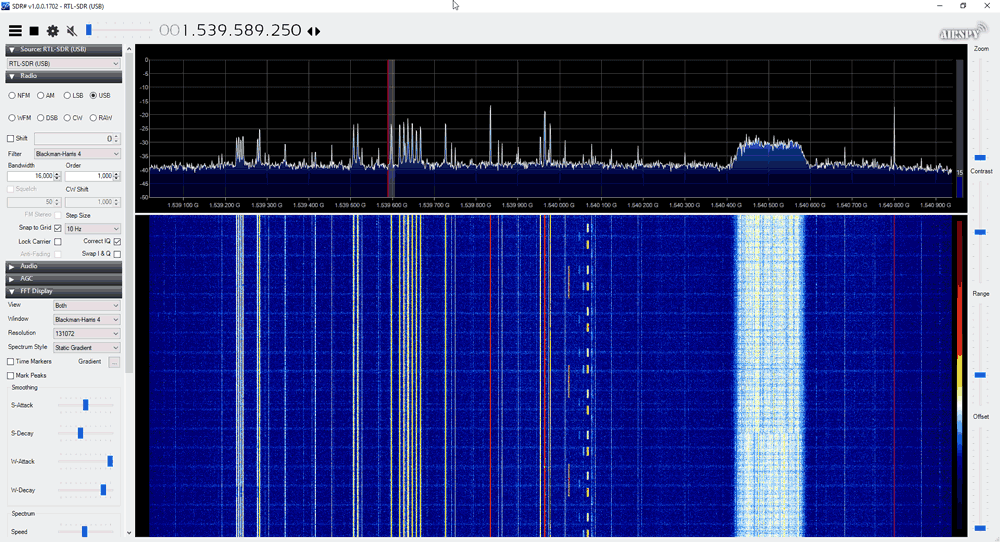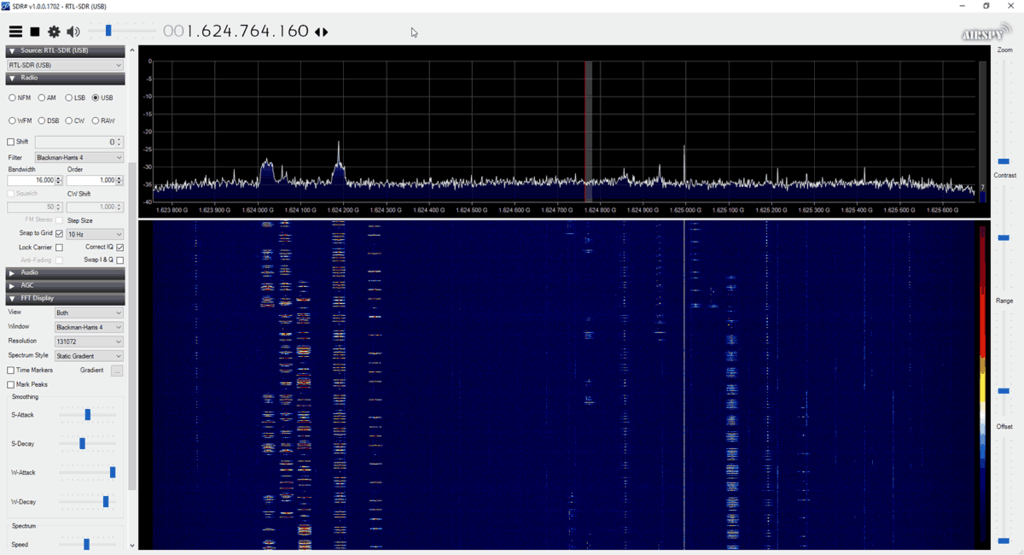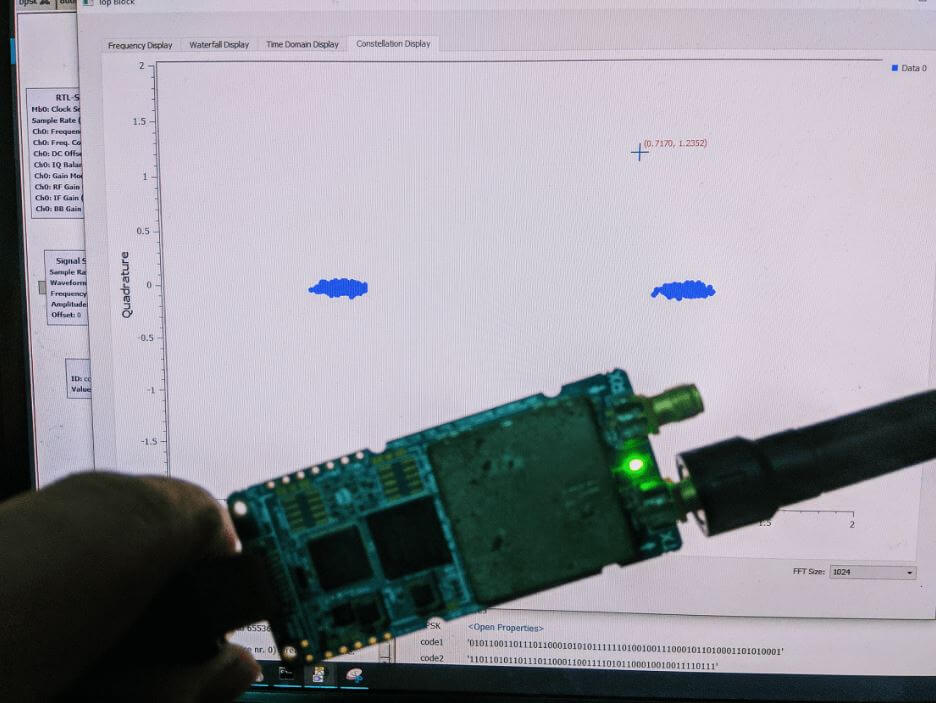r2Cloud: Software for Automatically Decoding APT/LRPT Weather Satellites and Cubesats on a Raspberry Pi with RTL-SDR
Thanks to a tweet by @rf_hacking we recently came across an interesting project called "r2cloud". This is an open source program provided on a ready to use image for the Raspberry Pi that can be used to set up an automated satellite recording station for NOAA APT and Meteor LRPT signals, as well as for CubeSats.
The software presents a web based user interface that is easy to setup and view decoded images on. It appears that the software also communicates with a public server that can aggregate and log your data, and also provide it to SatNOGS and provide FunCube satellite telemetry to FunCube Warehouse.
